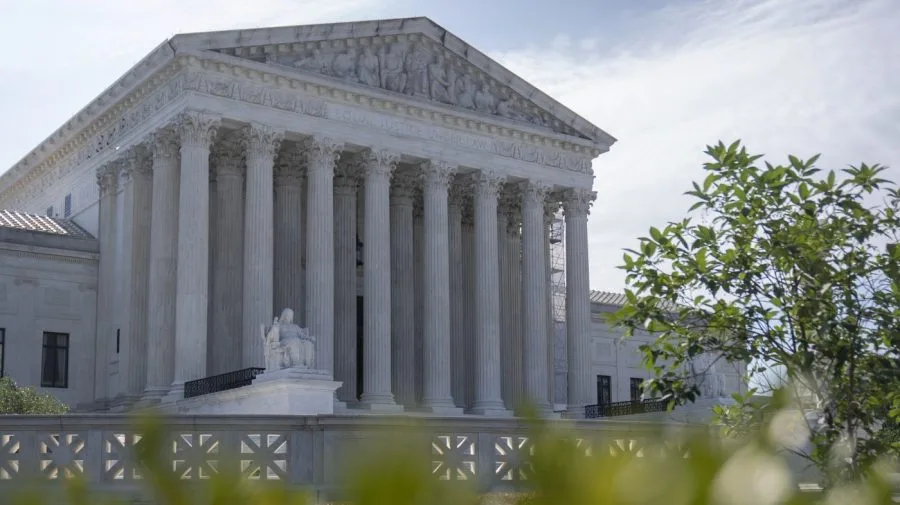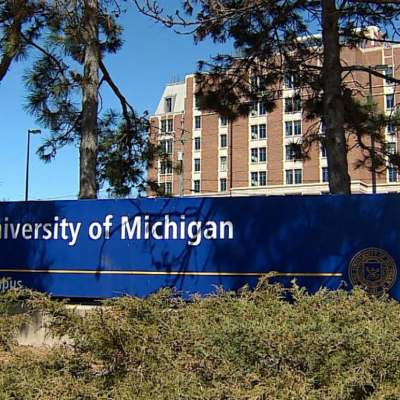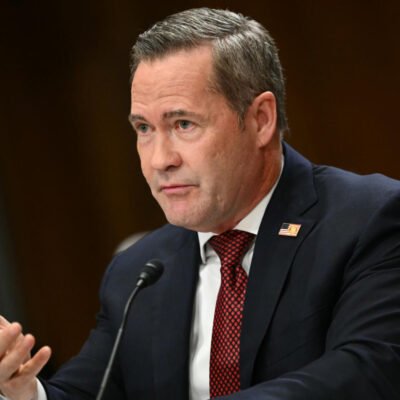In a landmark decision that could reshape the future of government employment and labor rights, the Supreme Court lifts block on mass layoffs previously placed on federal agencies. This ruling overturns a lower court’s injunction that had paused planned workforce reductions in various government departments.
The decision has sparked immediate reactions from workers’ unions, legal experts, economists, and political leaders across the country. It raises important questions about job security, the limits of executive power, and the future of public sector employment.
Let’s break down what happened, what it means, and how it could impact millions of Americans.
Background: Why Were Federal Mass Layoffs Blocked?
Over the past year, several federal agencies—including departments of education, energy, and transportation—announced plans for significant downsizing. These layoffs were part of broader cost-cutting measures, strategic realignments, and shifting federal priorities.
However, a coalition of labor unions and employee advocacy groups challenged the legality of these layoffs. They argued that:
- The process violated collective bargaining agreements.
- Layoffs were rushed without adequate impact studies.
- The government didn’t follow procedural requirements for mass terminations.
A lower federal court agreed with the plaintiffs and issued a temporary injunction in early 2024. This legal block halted the layoffs and required agencies to reassess their decisions.
Supreme Court Lifts Block on Mass Layoffs: What Happened?
On July 8, 2025, the U.S. Supreme Court, in a 5-4 decision, overturned the lower court’s ruling. The majority opinion, written by Chief Justice Roberts, stated that:
“While employee protections must be respected, the executive branch holds constitutional authority to manage its workforce in accordance with fiscal and administrative priorities.”
The Court emphasized that Congress had given these agencies broad discretion in managing internal operations, including personnel decisions. They also noted that emergency economic conditions and budget shortfalls can justify expedited actions.
Key Points from the Supreme Court Ruling
1. Executive Authority Confirmed
The ruling confirmed that federal agencies, under the direction of the executive branch, can initiate layoffs without being permanently blocked by lower courts—so long as constitutional rights are not violated.
2. Due Process Standards Adjusted
While the decision allows mass layoffs, it does encourage agencies to provide notice and opportunity for appeal where feasible. However, it relaxes previous expectations around exhaustive union consultations.
3. Collective Bargaining Weakened
Many legal experts see the ruling as a blow to federal labor unions. The Court stated that while union agreements are important, they can be overridden in times of administrative necessity.
Impact on Federal Workers and Job Security

The immediate impact of the ruling is clear: federal agencies are now free to proceed with the layoffs they had put on hold.
Agencies Expected to Lay Off Staff:
- Department of Education: Estimated 4,500 job cuts.
- Department of Energy: Projected 3,200 layoffs.
- Environmental Protection Agency (EPA): Up to 2,800 roles to be eliminated.
- Department of Transportation: Anticipated 5,000 job reductions.
These layoffs may occur as early as the end of this quarter.
Unions React Strongly
The American Federation of Government Employees (AFGE) issued a sharp rebuke:
“The Supreme Court has chosen corporate-style efficiency over American livelihoods. This decision opens the floodgates for unchecked layoffs in the public sector.”
Union leaders are planning protests, lawsuits, and appeals to Congress to pass new legislative protections.
Economic Implications of the Ruling
Economists are divided on the long-term impact of the decision.
Potential Upsides:
- Cost savings for the federal government.
- More agile operations within agencies.
- Opportunity to restructure outdated departments for modern challenges.
Risks:
- A sudden influx of unemployed skilled professionals into the private sector.
- Loss of institutional knowledge in key departments.
- Decreased morale among remaining federal workers.
According to Brookings Institution analyst Karen Linwood:
“This is a short-term win for budget hawks but may cause operational setbacks and longer hiring freezes down the line.”
Public Reaction: Support and Backlash
The general public’s response has been mixed.
- Supporters of the ruling believe it restores fiscal responsibility and eliminates bureaucratic inefficiencies.
- Critics argue it devalues human labor and sets a dangerous precedent where financial concerns outweigh legal process.
Voices from Both Sides:
John Mercer, Taxpayer Advocacy Group:
“Federal agencies are bloated. This decision trims the fat and serves the public interest.”
Sarah Gomez, EPA Analyst (laid off):
“I gave 12 years to the EPA. I found out on a Zoom call that I was let go. No warning, no respect.”
Legal Experts: Will This Set a Precedent?
Many legal scholars believe this ruling will influence future cases involving:
- State government layoffs
- Public education system downsizing
- Healthcare administration reforms
Professor Michael Graves of Yale Law School commented:
“The Supreme Court has shifted the balance in favor of executive management over collective protections. This opens the door for similar rulings in state and municipal courts.”
He also warned that more litigation is likely as unions continue to fight back.
What Happens Next?
Here’s what to expect following the Supreme Court lifts block on mass layoffs decision:
- Layoffs Begin: Agencies have already begun issuing notices and finalizing termination schedules.
- Congressional Action Possible: Some lawmakers are drafting bills to protect future layoffs from skipping union consultation.
- Public Hearings and Investigations: Political leaders may launch inquiries into how layoffs are handled, especially if reports of mishandling arise.
- More Legal Battles: Individual lawsuits may emerge around wrongful termination claims and lack of due process.
What Should Federal Employees Do Now?
If you are a federal worker who might be affected, here are some steps to take:
- Stay Informed: Follow your agency’s announcements and updates from your HR department.
- Connect with Your Union: They can help you understand your rights and options.
- Explore Reassignment Opportunities: Some departments may offer transfer or early retirement packages.
- Prepare Financially: Review your benefits, severance options, and unemployment eligibility.
Final Thoughts
The Supreme Court lifts block on mass layoffs ruling is a pivotal moment in U.S. labor and administrative law. It grants more power to federal agencies while weakening labor union influence. While supporters hail it as a step toward efficient governance, critics fear it opens the door to unchecked executive power and human cost.
The full impact of this decision will unfold in the coming months as thousands face job loss, departments reorganize, and public debate intensifies.
Read Next – Shein Hong Kong IPO Valuation Drops to $66 Billion






